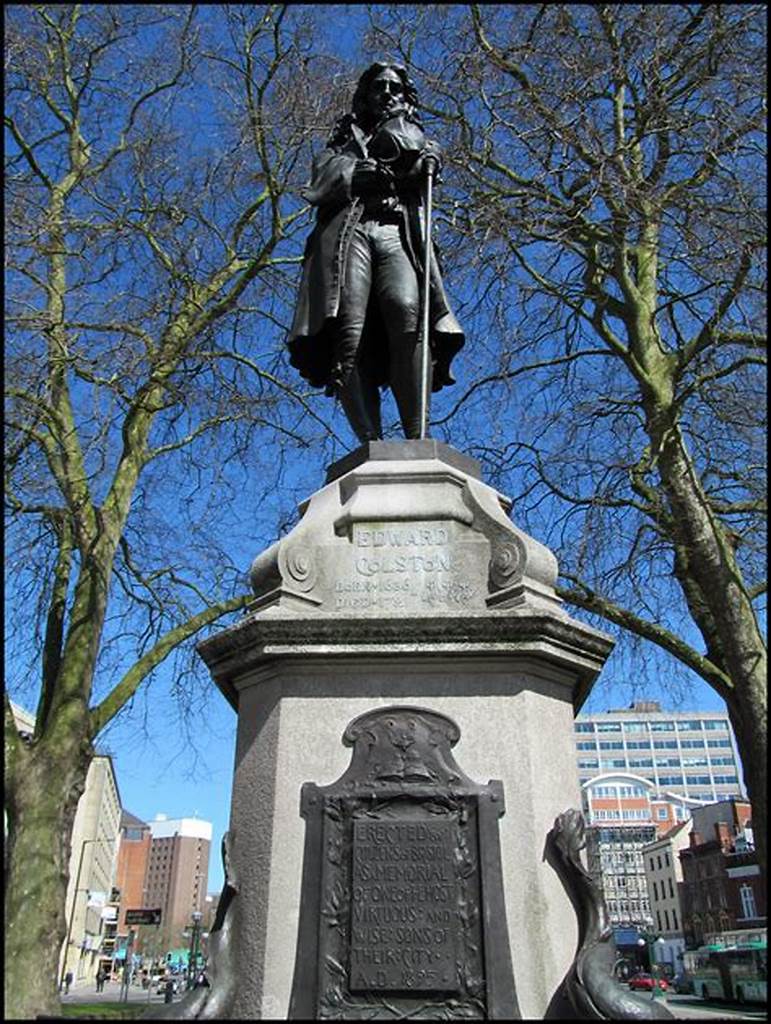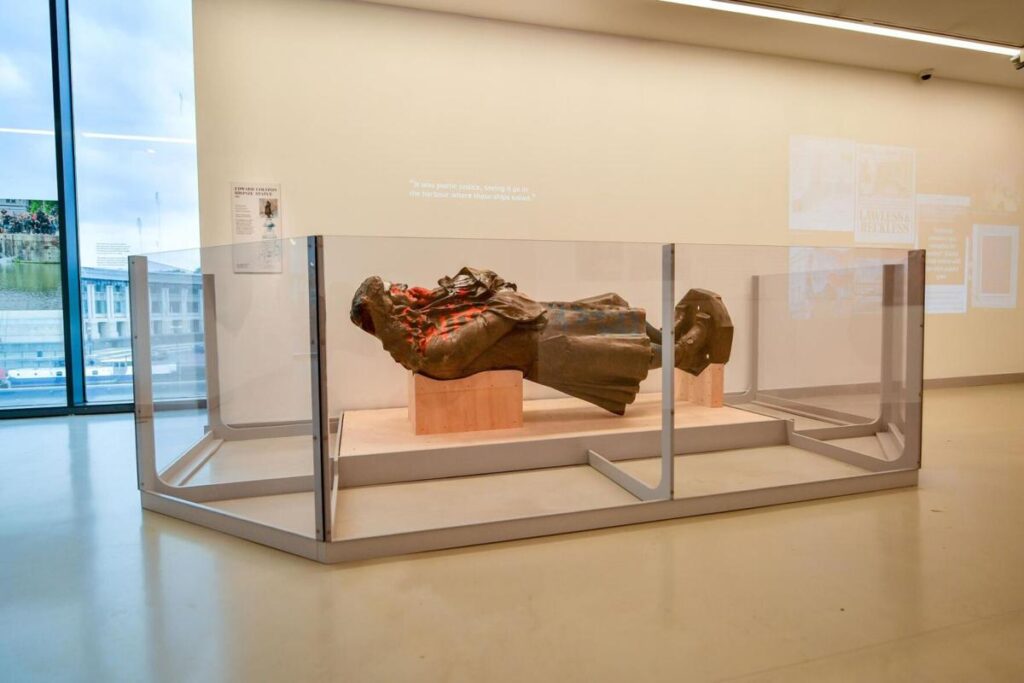The Extraordinary Power of Statues

Have recent news stories given you cause to contemplate the improbable power of statues to incite violence? To ponder how previously unnoticed, ignored even, blocks of metal and stone suddenly become so visible, so divisive? How long-forgotten memorials to long-dead (typically) men can suddenly evoke extreme emotions, rouse such violence, be responsible for civil unrest even?
Two of the most current examples are that of Edward Colston, the 18th Century Bristol-born merchant whose involvement in the slave-trade gave cause to his statue being toppled and unceremoniously dumped in Bristol harbour during a Black Lives Matter protest in June 2020. An informative and balanced documentary about the incident and its aftermath shown on BBC2 entitled Statue Wars: One Summer in Bristol, can be watched HERE.
More recently, in June 2021, the ongoing dispute about the statue of Cecil Rhodes – which stands high above Oriel College in Oxford – continues to make news, with the latest development being a group of over 150 Oxford academics refusing to teach Oriel students until the statue has been removed. You can read more about their protest HERE
Whether these statues should stay in public view and their provenance be explained properly, to put them in their rightful historical context and lay bare their often disreputable origins, or whether they should have no place being on show in a modern, civilised society, you may imagine this outpouring of hostility against inanimate objects to be a relatively modern phenomenon; enacted by under-represented sectors of society enraged, but also empowered, by recent appalling events. But would you be surprised to learn that this action has a prescient echo from the past? An eerily similar drama, played out on the streets of south London, became a national cause célèbre over a century ago. Where some of the students of London’s universities took to the streets in protest of a simple memorial; a statue of a terrier dog. The furore surrounding block of granite and bronze resulted in class warfare, questions raised in parliament, mindless, repeated vandalism and, finally… well, you’ll have to read my book to find out…
This true story, that of a seemingly innocuous memorial to a stray dog, unveiled in an out-of-the-way small patch of greenery in south London, is at the heart of my novel Little Brown Dog. It will be published by independent Welsh women’s publishing press Honno Press on 15 September 2021. The exact same day, one hundred and fifteen years ago, when the original statue was unveiled. Please get in contact HERE if you would like to learn more. Or pre-order your copy at any one of the following book outlets:
- Waterstones £8.99 & FREE Pick up from store
- Amazon – £8.99 & FREE Delivery
